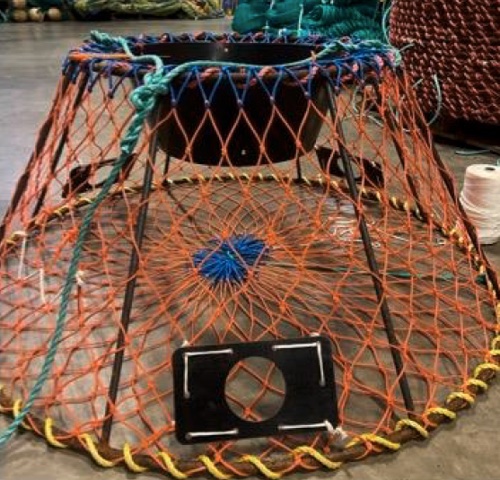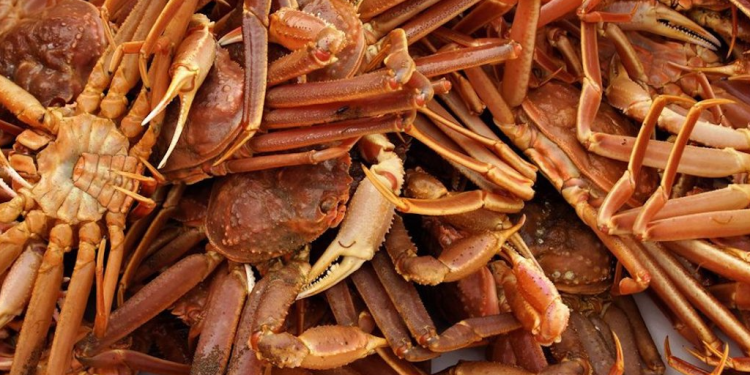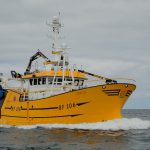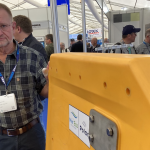Researchers at the University of Tromsø have tested escape openings that allow undersized snow crab to escape from fishing gear – a straightforward measure that can contribute to more efficient and sustainable fishing.
Over the past ten years, the fishing in Norway for snow crab (Chionoecetes opilio) has increased from a few tonnes to nearly 10,000 tonnes in 2024. The stock is managed through a minimum size of 95mm carapace width to ensure reproduction and sustainable fishing. In export value terms, snow crab has become a major fishery.
Management requires that fishing should be focused on the legal size of male crabs, and with quotas in place, fishing companies are expected to seek to maximise the value of fishing opportunities by targeting larger animals. According to researchers, this is achieved more effectively with fixed escape openings than by using 130–140mm mesh, which provides openings of variable size, due to the conical shape of crab traps.

Led by UiT in collaboration with Memorial University of Newfoundland, Heriot-Watt University, the Directorate of Fisheries, and fishing companies Opilio AS and NORNER AS, research aimed to develop and test a new type of escape hatch in snow crab cages. The design is based on Canadian models, but with simpler attachment and the use of three types of biodegradable materials with different degradation times.
Results show how small technical changes can have a major impact on both sustainability and efficiency in snow crab fishing.
Trials took place in the Barents Sea with research vessel Helmer Hanssen and the commercial vessel Vima. Standard pots were compared with test pots equipped with three circular escape openings of 95mm in diameter. Data were collected to measure both catch composition and size selectivity.
The results showed that pots with escape openings caught significantly fewer undersized crabs. For crabs above the minimum size, the catch was approximately the same.
The use of escape hatches can reduce both the workload of sorting and the stress on the crabs, while maintaining commercial catches. The measure is easy to implement and can be implemented without major costs.
‘This project shows how simple and practical solutions can contribute to both better resource utilisation and increased sustainability in snow crab fishing. By reducing the catch of undersized crabs, handling becomes more efficient, and we take better care of the stock,’ said FHF technical manager Eduardo Grimaldo.
Researchers point out that further studies should look at the optimal location and number of escape openings per pot, as well as the use of biodegradable materials to reduce the risk of ghost fishing if pots are lost.
By releasing small crabs directly onto the seabed, injuries and unnecessary mortality are avoided. At the same time, the use of biodegradable materials can contribute to less plastic pollution and reduced ghost fishing if gear is lost.
























